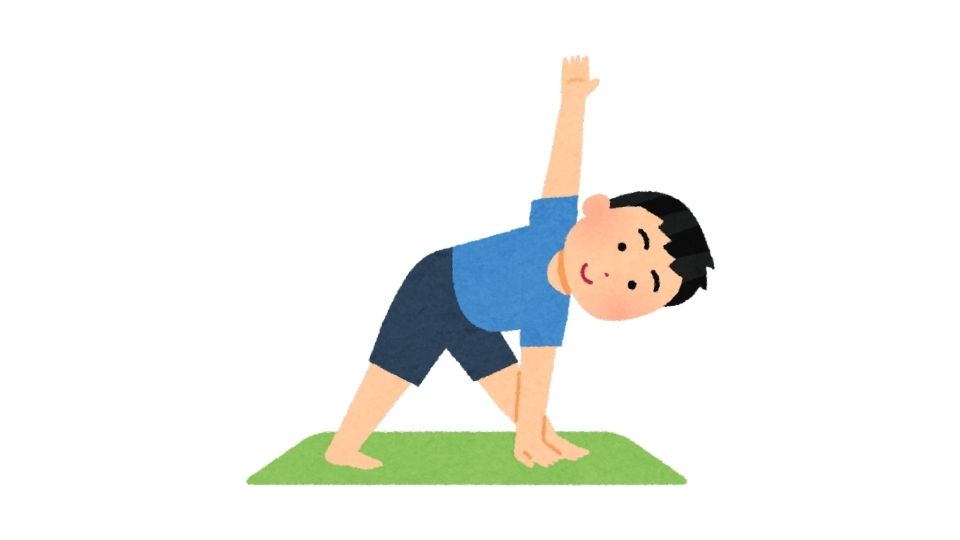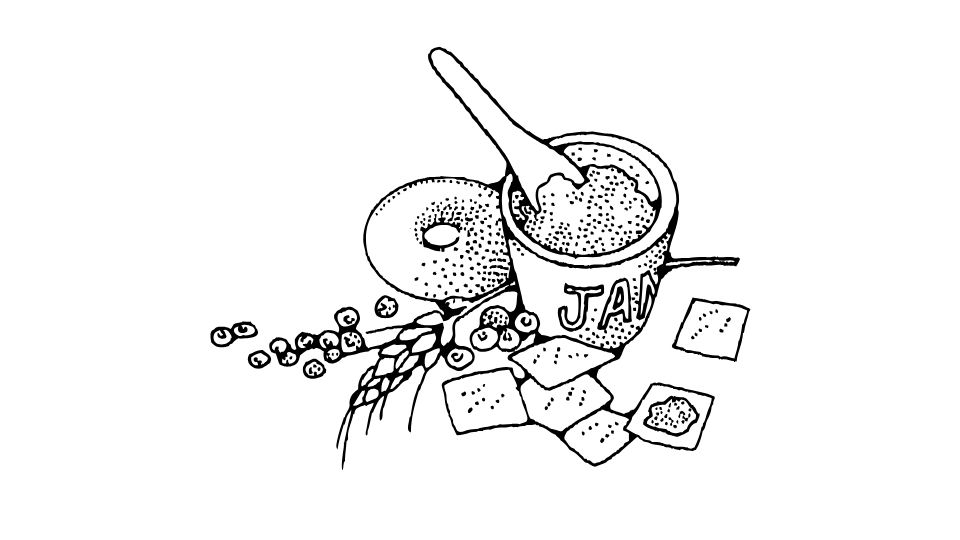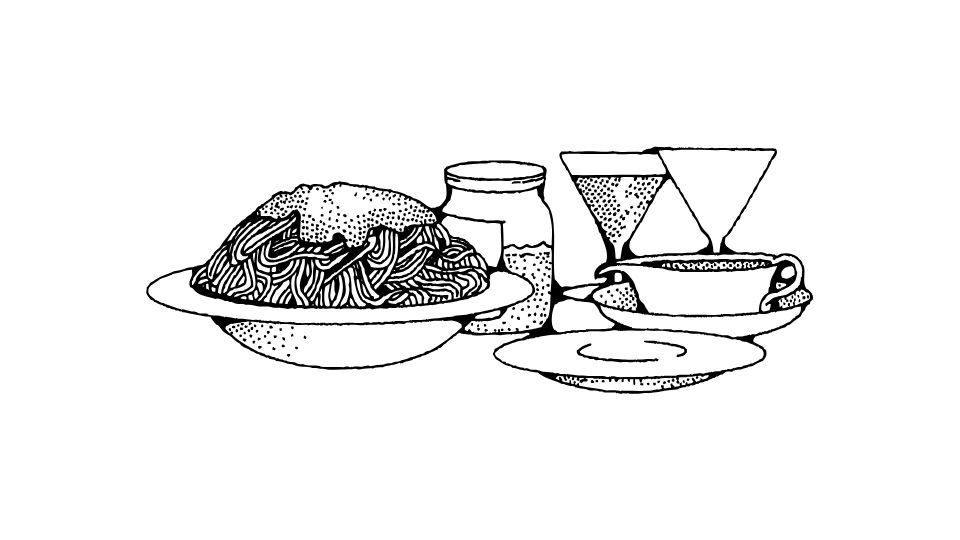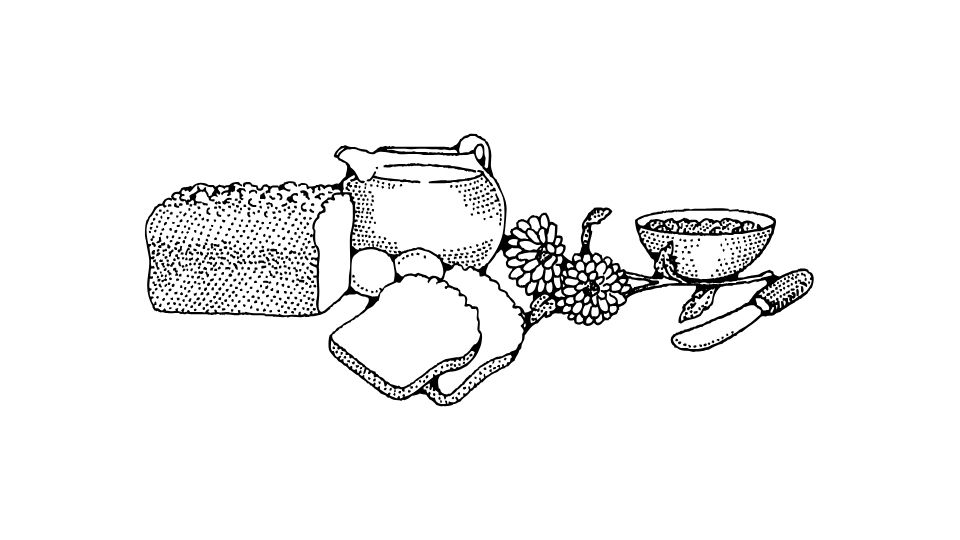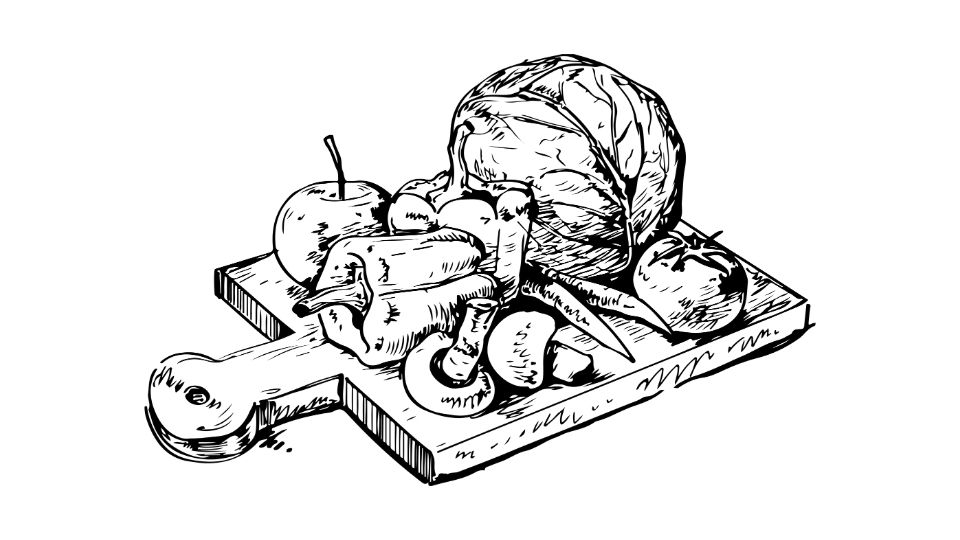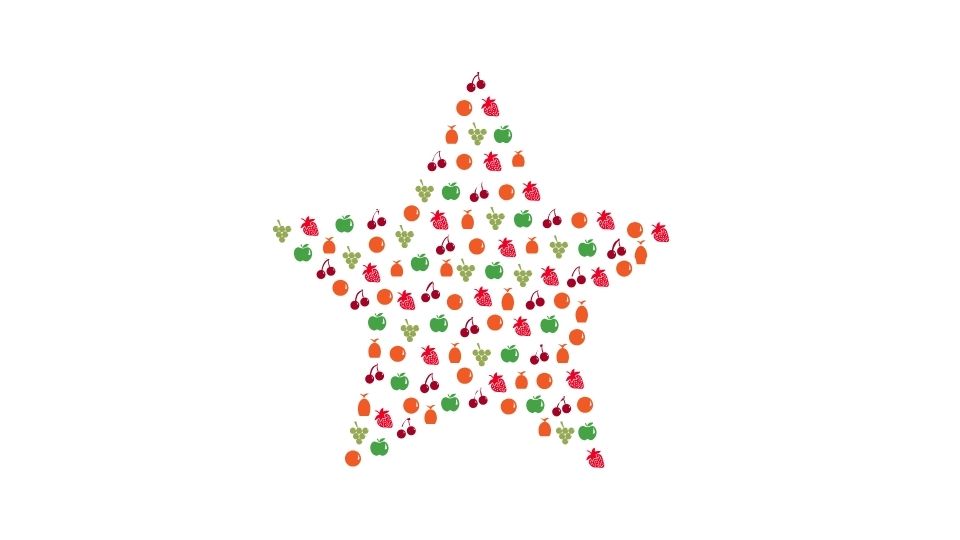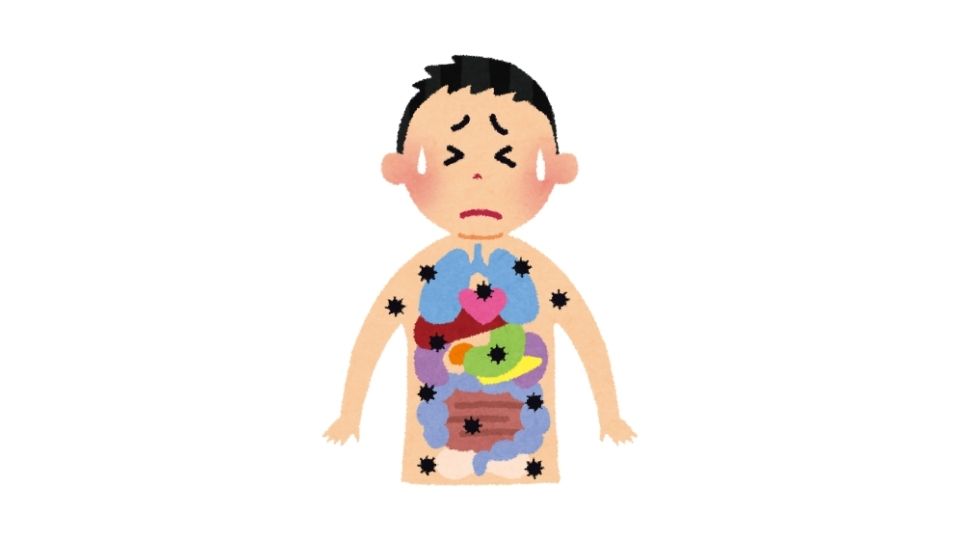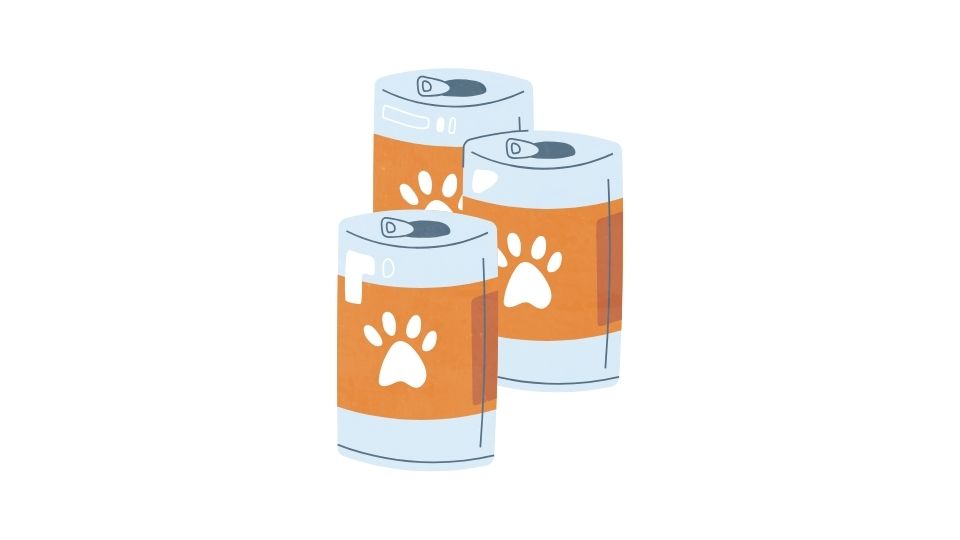Alright, so how many calories are in 4 eggs?
Spoiler alert: It’s about 280-294 calories for four large eggs. But there’s more to eggs than just calories!
Let me break this down for you – with a healthy dose of my opinion sprinkled on top.

How Many Calories Are in 4 Eggs (And Why They’re Worth It)
Ever wonder why eggs are considered a “perfect food” by nutritionists? It’s not just because they come in their own little natural packaging.
Four large eggs pack around 280-294 calories total, which is about 70-75 calories per egg. That’s a pretty efficient calorie-to-nutrition ratio if you ask me.
But calories are just the beginning of the egg story.
The Nutritional Breakdown of 4 Eggs

Here’s what you’re getting in those four orbs of nutrition:
- Protein: A whopping 22-25 grams of complete protein
- Fat: About 16-17 grams (including the good kinds)
- Carbs: Practically zero (about 1g for all four eggs)
- Cholesterol: Around 655mg (more on this later)
But wait, there’s more!
Eggs are like nature’s multivitamin, packed with:
- Vitamin A for your eyes and immune system
- B vitamins including B12, riboflavin, and biotin
- Vitamin D, which most of us are desperately lacking
- Choline for your brain (something 88% of Americans don’t get enough of)
- Minerals like selenium, zinc, and iron
Size Matters (When It Comes to Calories)
Not all eggs deliver the same calorie count. Here’s how different egg sizes stack up:
| Egg Size | Calories per Egg | Calories in 4 Eggs |
|---|---|---|
| Small | 54 | 216 |
| Medium | 63 | 252 |
| Large | 72 | 288 |
| XL | 80 | 320 |
| Jumbo | 90 | 360 |
So if you’re buying those extra-large or jumbo eggs, you’re getting more calories than you might expect. Not a bad thing necessarily – just something to be aware of if you’re counting calories!
Yolks vs Whites: A Tale of Two Egg Parts
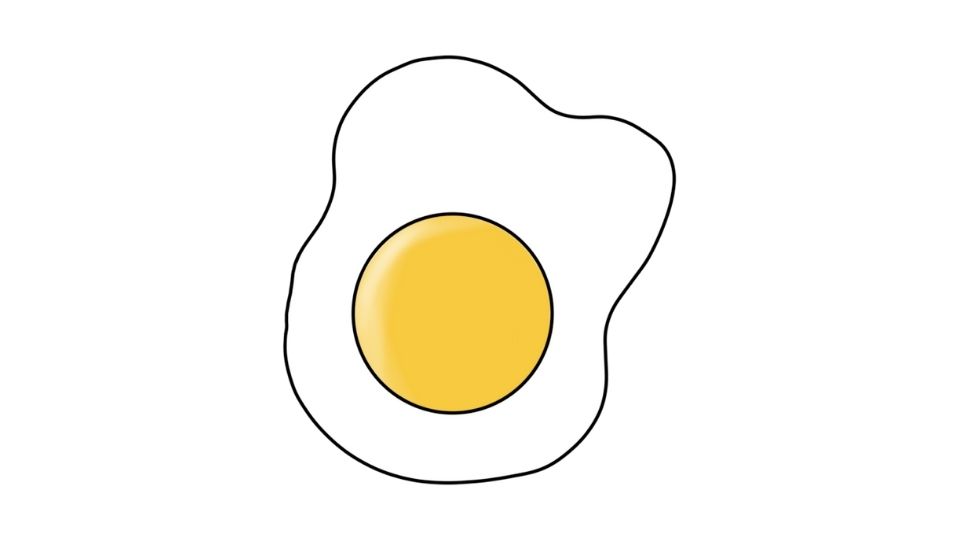
The yolk and white have very different nutritional profiles:
- Egg whites: About 18 calories each, mostly protein
- Egg yolks: Around 56 calories each, containing most of the fat and nutrients
Those “egg white only” omelets might save you some calories, but you’re missing out on most of the nutritional benefits eggs have to offer.
It’s like buying a Ferrari and never taking it above 30mph. Why bother?
How Cooking Changes the Calorie Game
Raw eggs = 72 calories each.
But who eats raw eggs? (Besides Rocky Balboa)
How you cook your eggs dramatically changes the calorie count:
- Boiled/poached: Minimal added calories
- Fried in 1 tbsp butter: Add ~100 calories to your total
- Full-blown omelet with cheese, veggies, and bacon? Now we’re talking 400+ calories
The eggs aren’t the calorie culprit – it’s what you add to them.
But What About All That Cholesterol?
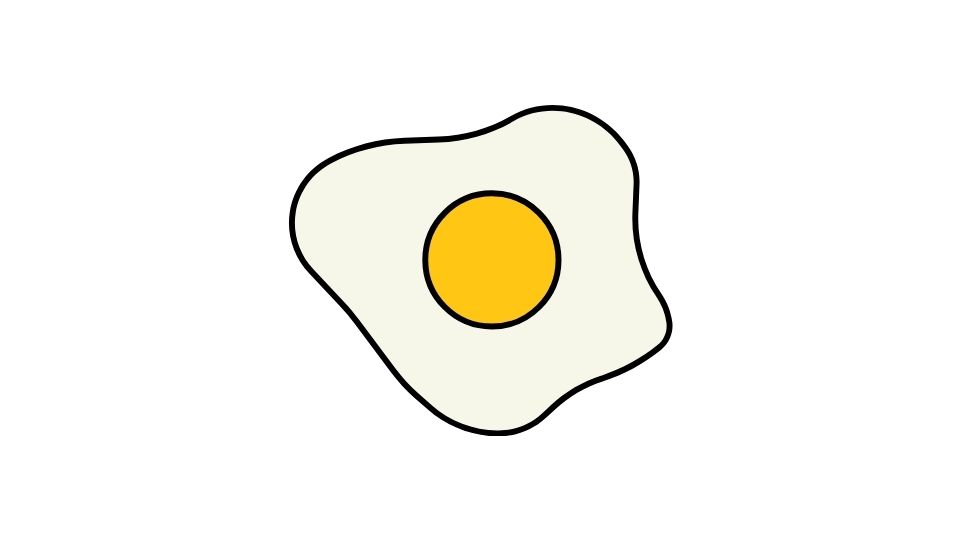
I know what you’re thinking – “Josh, those 4 eggs have 655mg of cholesterol! Isn’t that bad for me?”
Here’s the deal: The scientific consensus has shifted dramatically on dietary cholesterol.
For most people, the cholesterol in eggs doesn’t significantly impact blood cholesterol levels. Your liver actually produces less cholesterol when you eat more from food.
That’s why the 2015-2020 Dietary Guidelines for Americans removed the previous recommendation to limit dietary cholesterol to 300mg per day.
Of course, if you have specific health conditions or concerns, talk to your doctor. I’m just a guy who writes blog posts, not a medical professional.
The Bottom Line on Egg Calories
Four large eggs give you about 280-294 calories with an impressive 22-25g of protein.
But fixating on calories misses the bigger picture. Eggs are one of the most nutrient-dense foods on the planet, and they’re incredibly versatile.
For accurate tracking of your egg consumption (and everything else you eat), MealByMeal.com offers a cool text-based tracking system that makes logging your food intake super simple.
Unlike other apps that require endless scrolling and barcode scanning, MealByMeal lets you text what you eat and automatically calculates your calories and macros.
My Take on Eggs

I eat eggs almost daily, usually 3-4 at a time. Why? Because they’re:
- Quick to prepare (even I can’t mess them up)
- Filling (thanks to the protein and fat)
- Versatile (scrambled, fried, in omelets, hard-boiled…)
- Relatively inexpensive for the nutrition they provide
So next time someone gives you grief about eating “too many eggs,” you can drop some knowledge on them about how those ~290 calories are actually supporting your health, not harming it.
The real question isn’t “how many calories are in 4 eggs?” but rather “why aren’t you eating more eggs?”.








